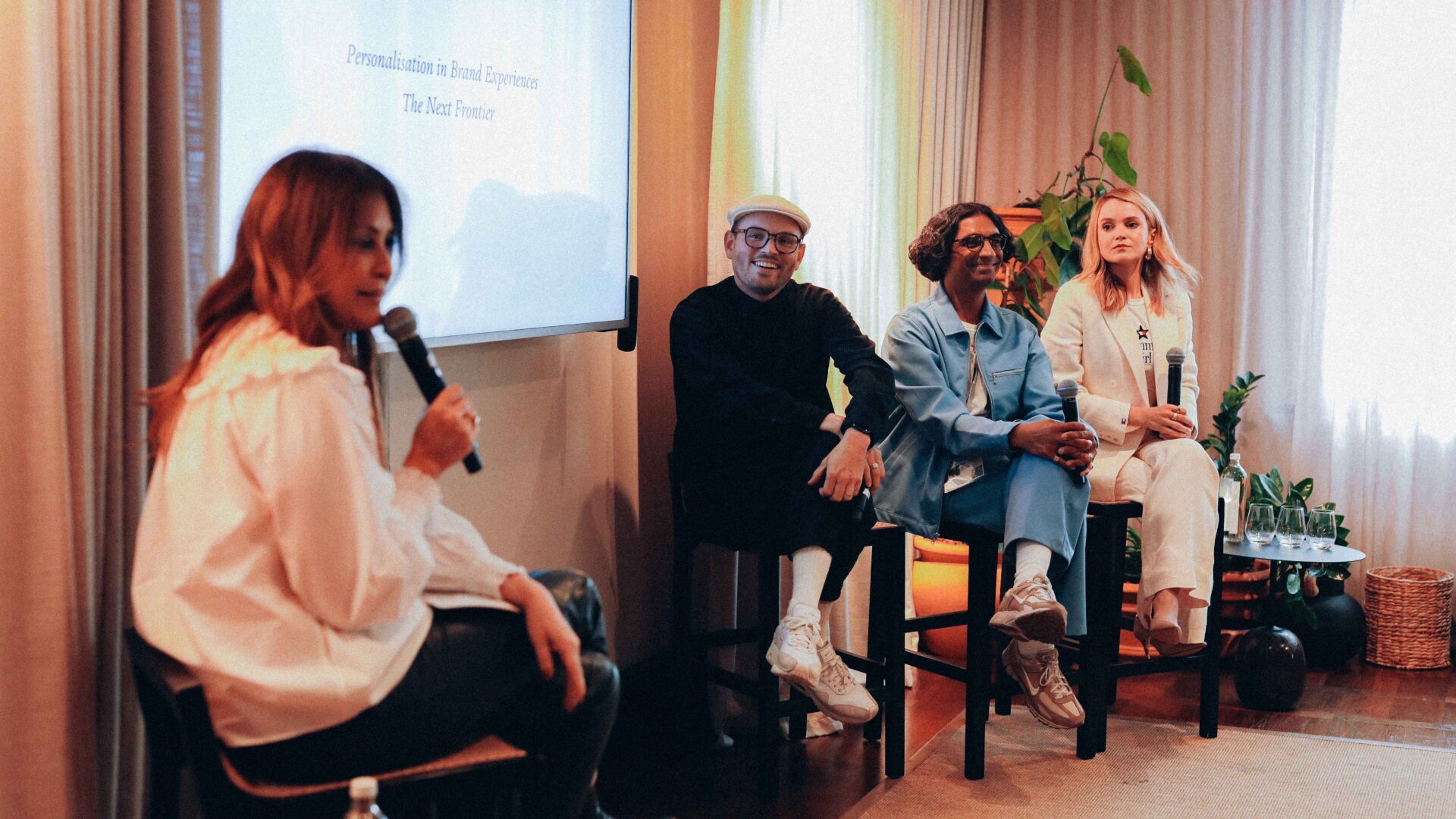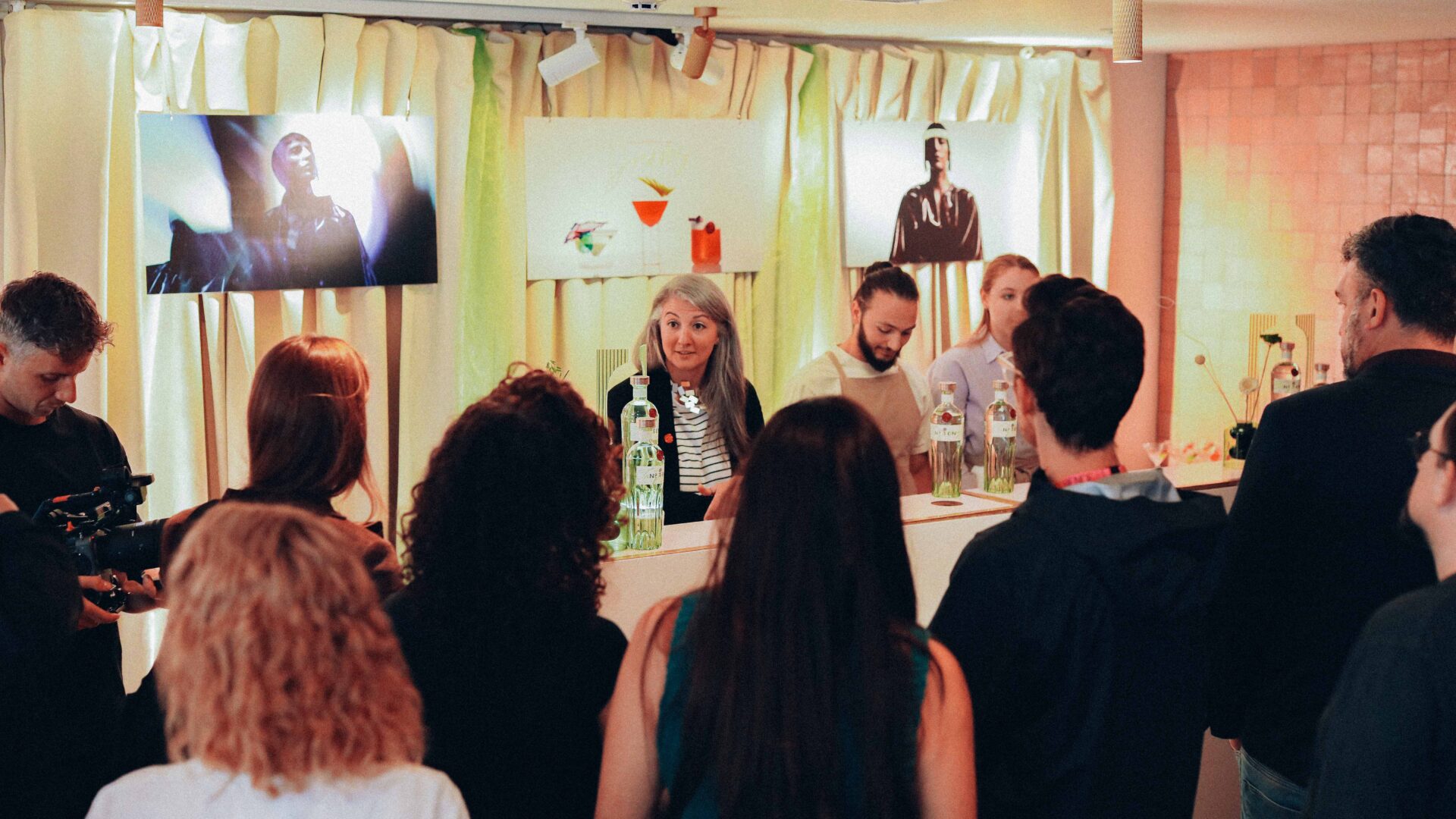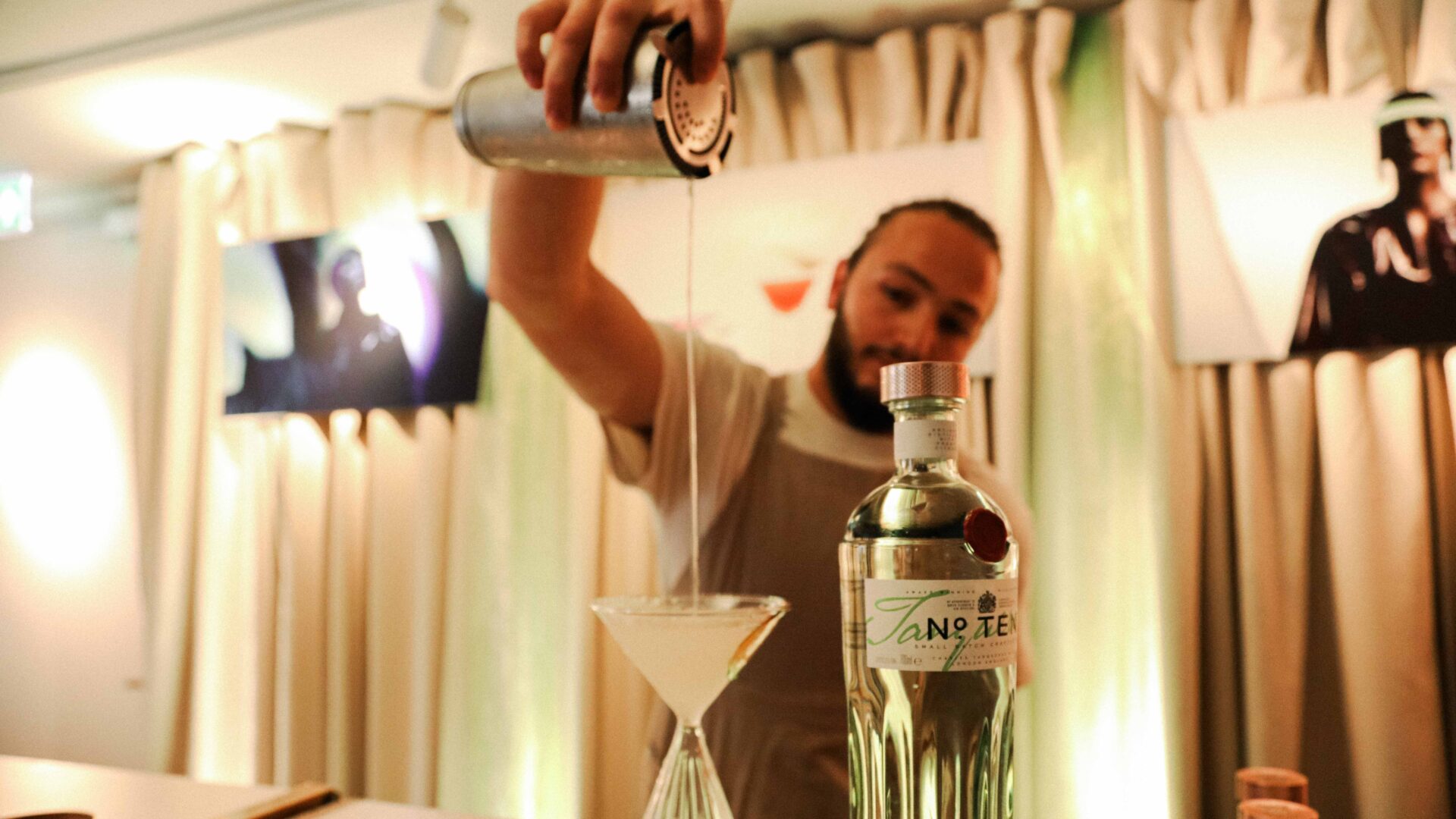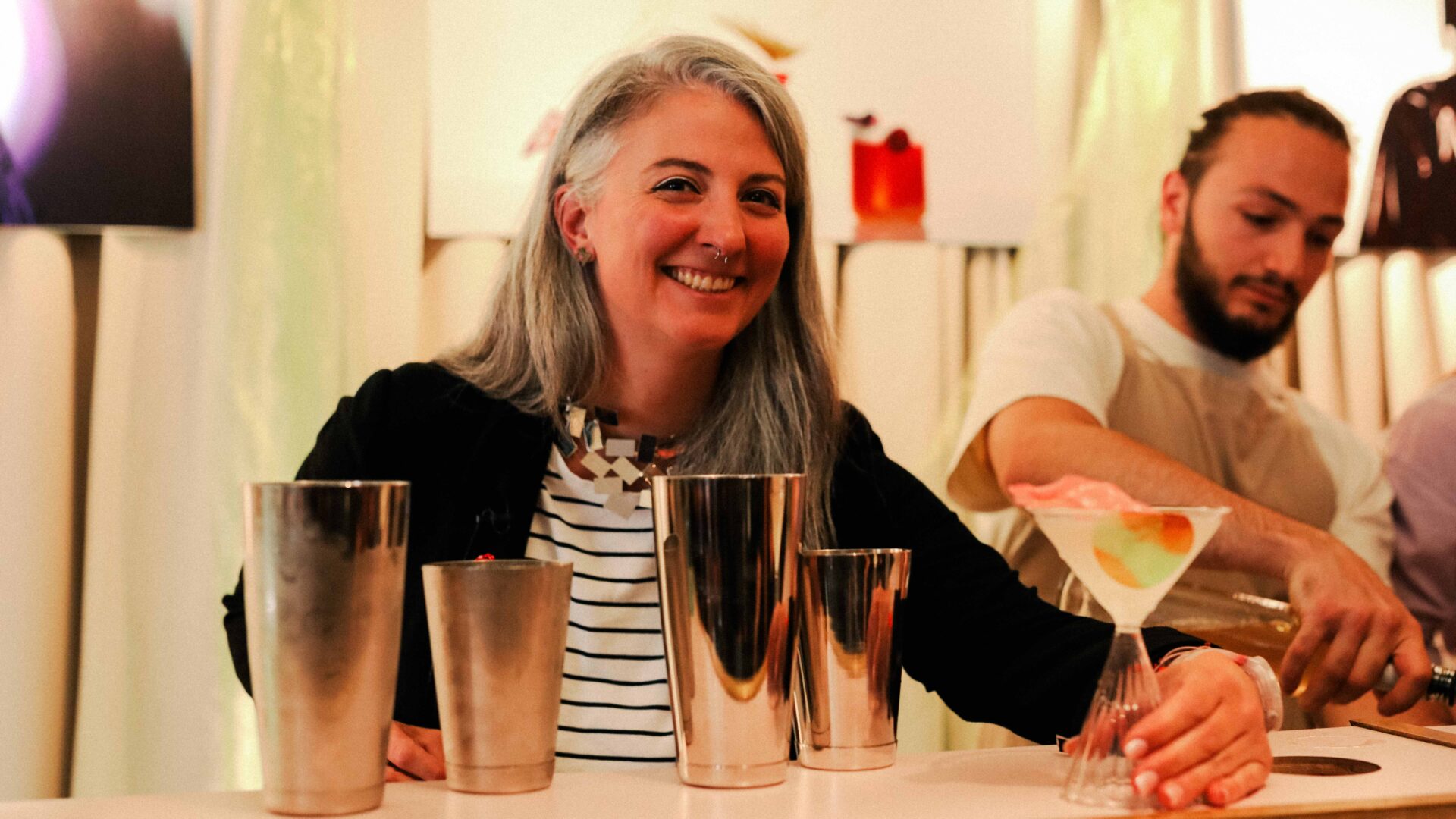SXSW dominated the industry agenda – and most of Shoreditch – earlier this month, with brands, creators, tech and cultural leaders converging to discuss what’s new and what’s next.
And whether in the heart or on the fringe, there were pockets of inspiration and creativity wherever you looked.
Indeed, one place we found inspiration, creativity… and one great tasting cocktail.
This was part of ‘Personalisation in Brand Experiences – The Next Frontier’, an event Smarts organised at One Hundred Shoreditch with our wonderful Diageo client. Guests were invited to an explorative panel discussion that looked at how new ways of using cutting-edge data and technology are creating fresh opportunities to provide personalised experiences for consumers.
And once they’d heard from a brilliant panel, which was moderated by Diageo’s Global Managing Director of Gin and Rum and CEO of Ketel One & Zacapa, Patricia Borges, and included Emily Teele, Senior Vice President, Marketing at Tommy Hilfiger, Ravi Hitchock, the Founder of Soursop and Pascal Rotteveel, ECD of Dentsu Labs, they were given the chance to sample a shining beacon of personalised brand experiences, Tanqueray No. TEN’s ‘Cocktail of Dreams’.,
The Cocktail of Dreams was a very special experiment, commissioned by Tanqueray, in which a hand-picked group of creative minds – ‘Dreamers’ – from across the globe, had their brainwaves translated into bespoke cocktails. The result? A unique blend of artistry and technology… which also happened to taste absolutely delicious.
Whilst we’d really love to offer a sip, we can give you a flavour of the panel session…

Three takeaways from Personalisation in Brand Experiences – The Next Frontier
1. Have a reason to personalise
A panel on personalisation might suggest that the overriding attitude would be ‘the answer’s personalisation, what’s the question’? But all panellists were quick to point out that personalisation should only be utilised if there’s a positive purpose for doing so.
At worst, many pointed out that “there’s a fine line between personal and creepy” that brands must continue to tread, meanwhile it’s very easy to do ‘personalisation for personalisation’s sake’ and end up being quite dull. For instance, just because you can tell a person the five journeys they’ve made most this year, is it adding any value if you’re just telling them they spent a lot of time commuting to work?
2. Tech doesn’t always mean reinvention
It’s always tempting to discuss how ‘tech is changing the world’ and how things will never be the same again. But many of the best examples of personalisation selected by the panel were around ‘improving’ what’s already in place, rather than completely changing the game.
The hospitality sector was singled out as a great example here – using tech to add an additional personalised layer to great customer service (creating a personalised welcome pack, for example) rather than replacing the human element completely. Similarly in the fashion industry, it was discussed how fit finders – and even one example of a tool that shows how the clothes would look in different stages of pregnancy – adds extra value, but doesn’t detract from the core brand offer.
3. Be prepared to experiment
There was a concerted effort from the panel to not drift into Ai chatter at every opportunity – that would require a session in itself – but it also can’t exactly be ignored. So, when discussing how the panellists were using Ai and tech to explore new personalisation opportunities, we loved Emily’s view that 70% of their investment needed to be easy to measure and scale, but she then always keeps an ’experimental budget’ handy to ensure innovation is always still a priority.
Because innovation and discovery can result in some great things. Just ask those who drunk a cocktail that was made by someone’s dreams…




